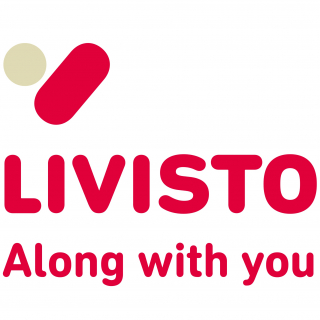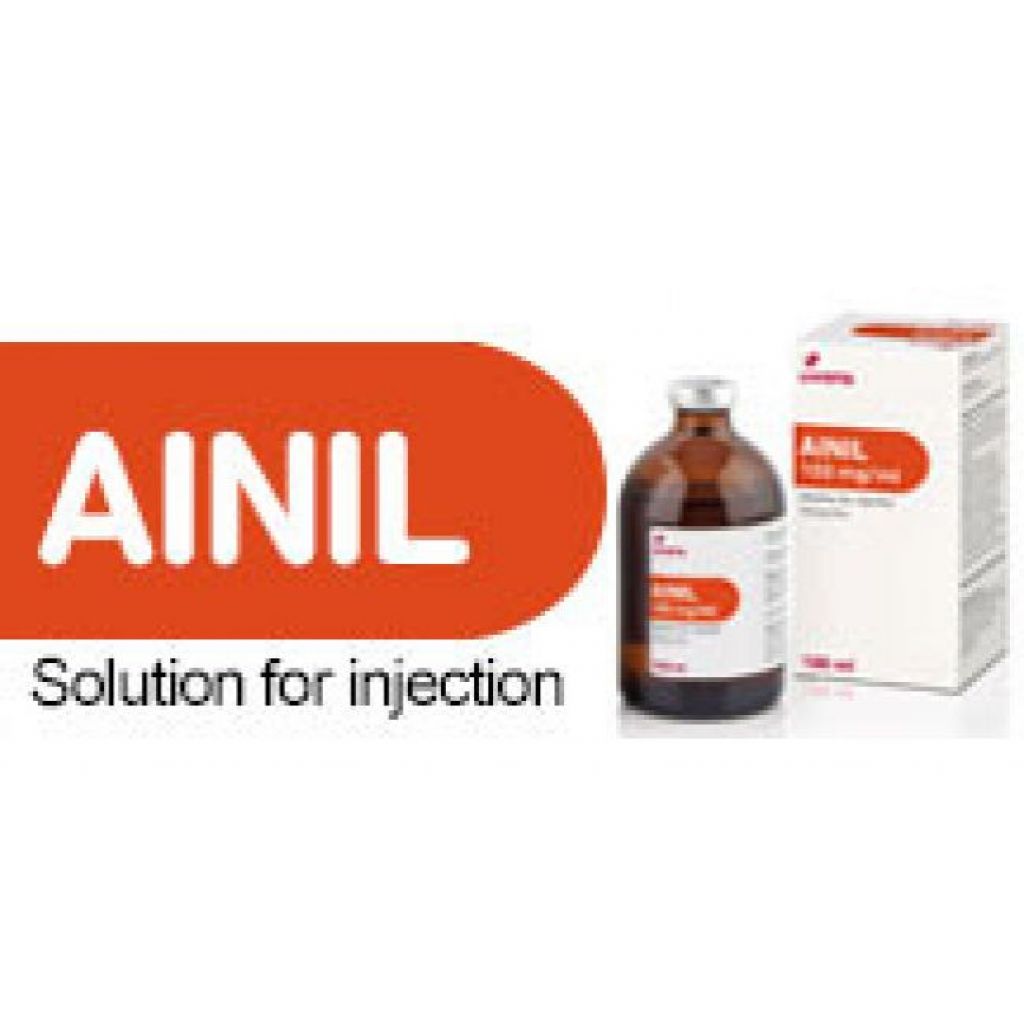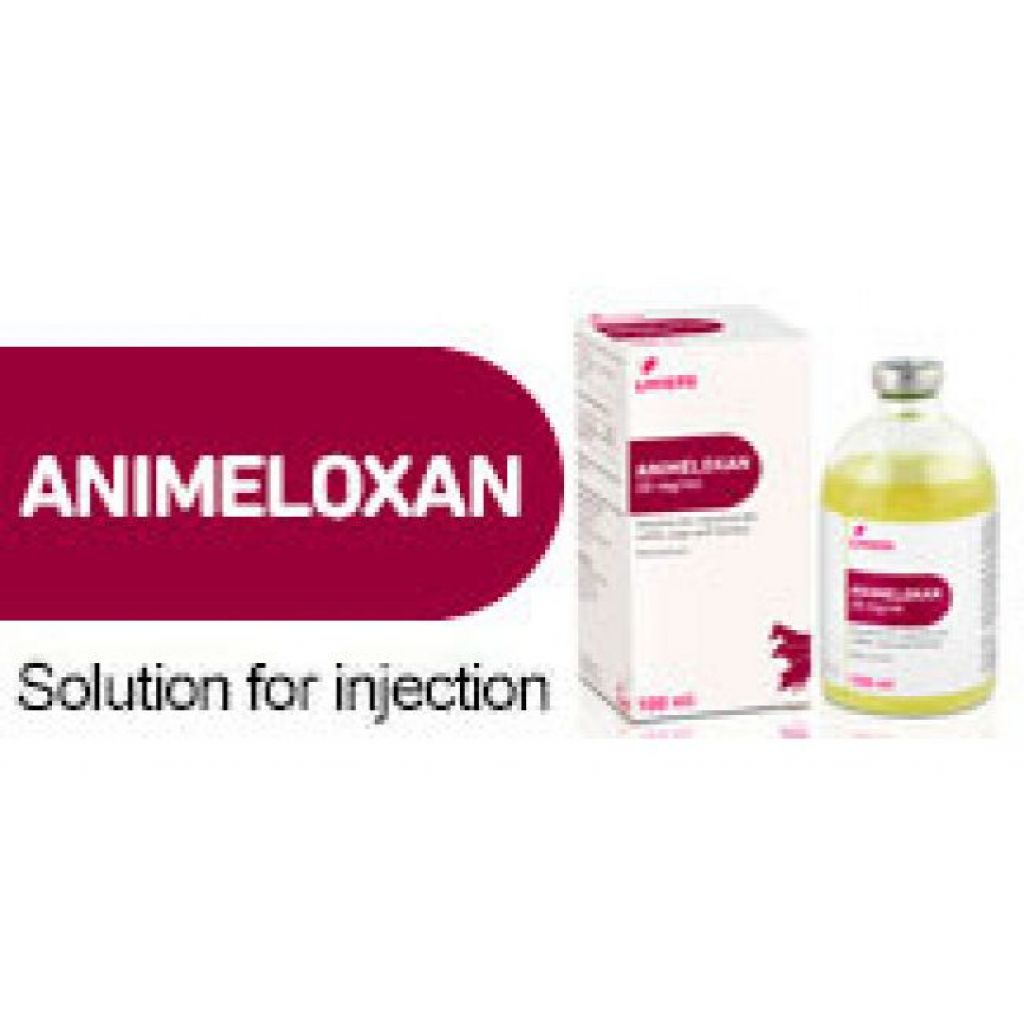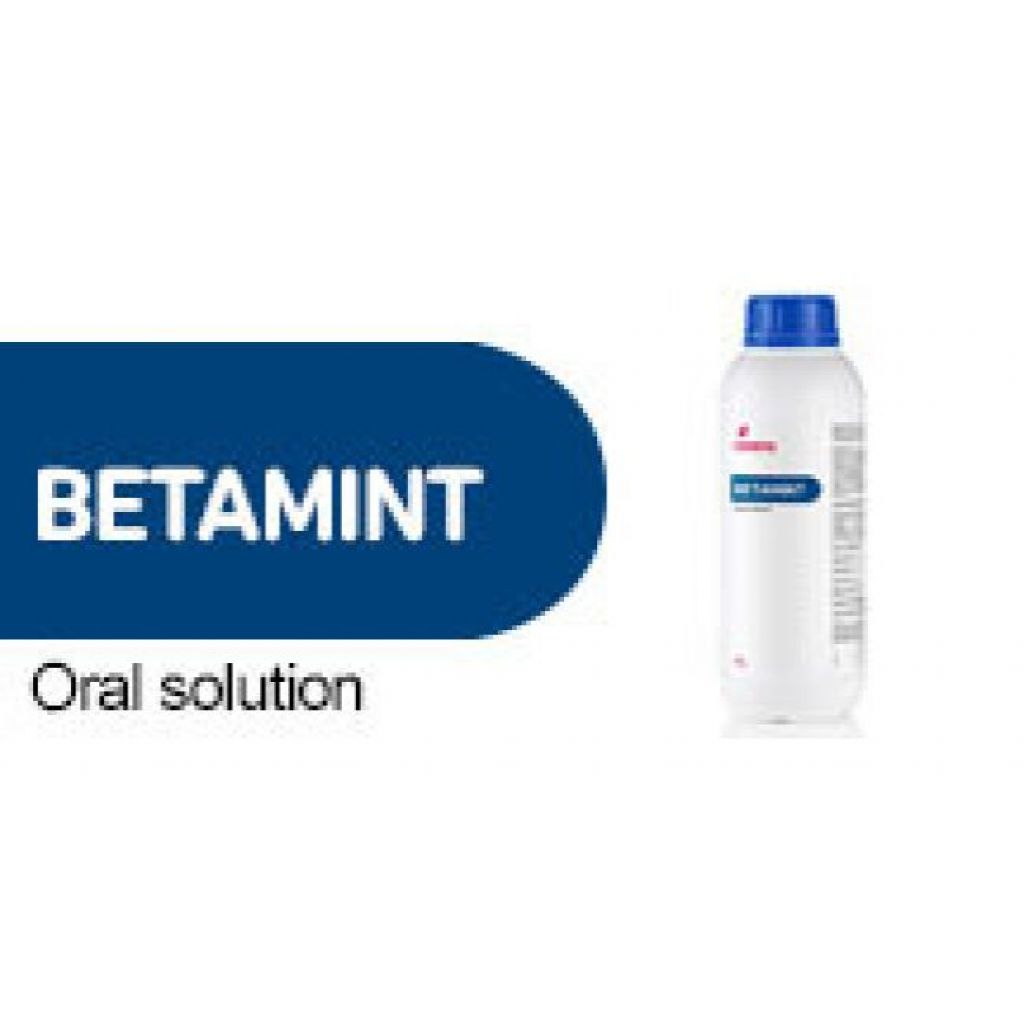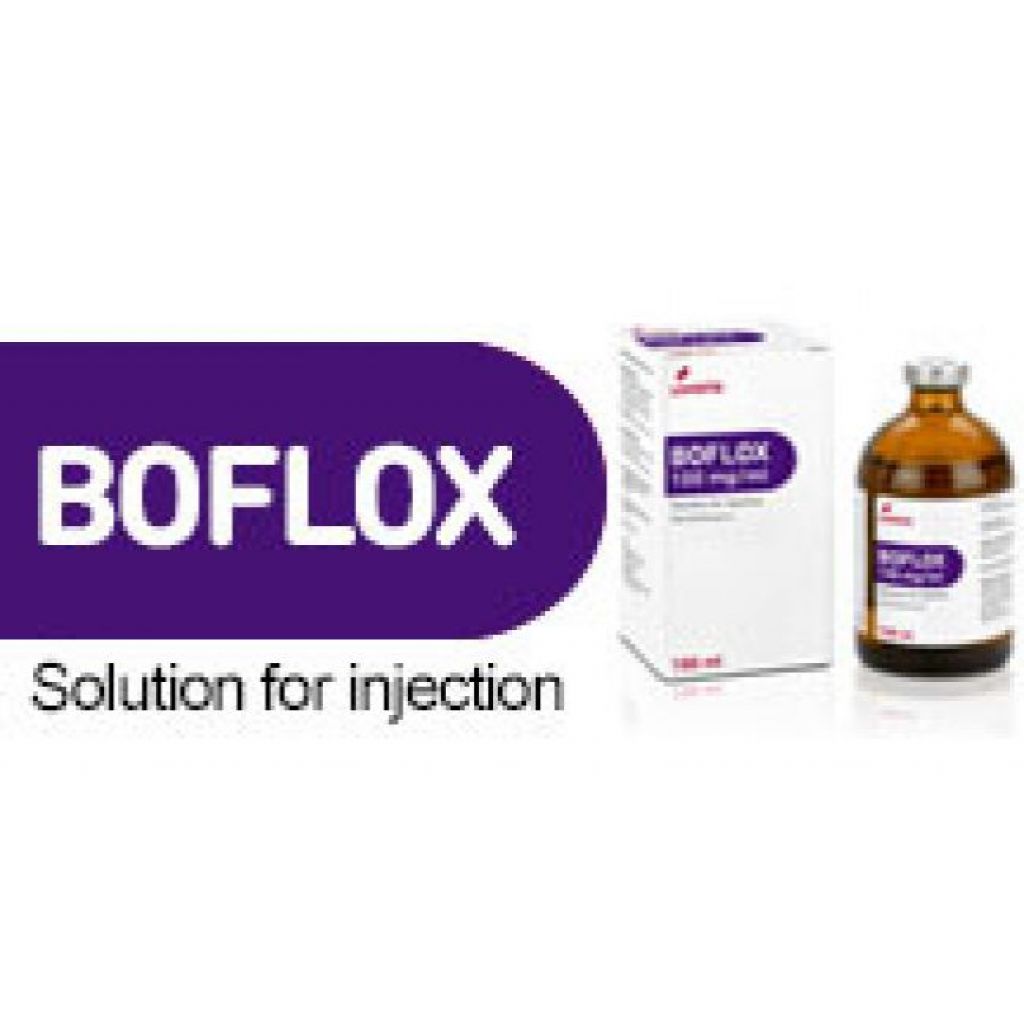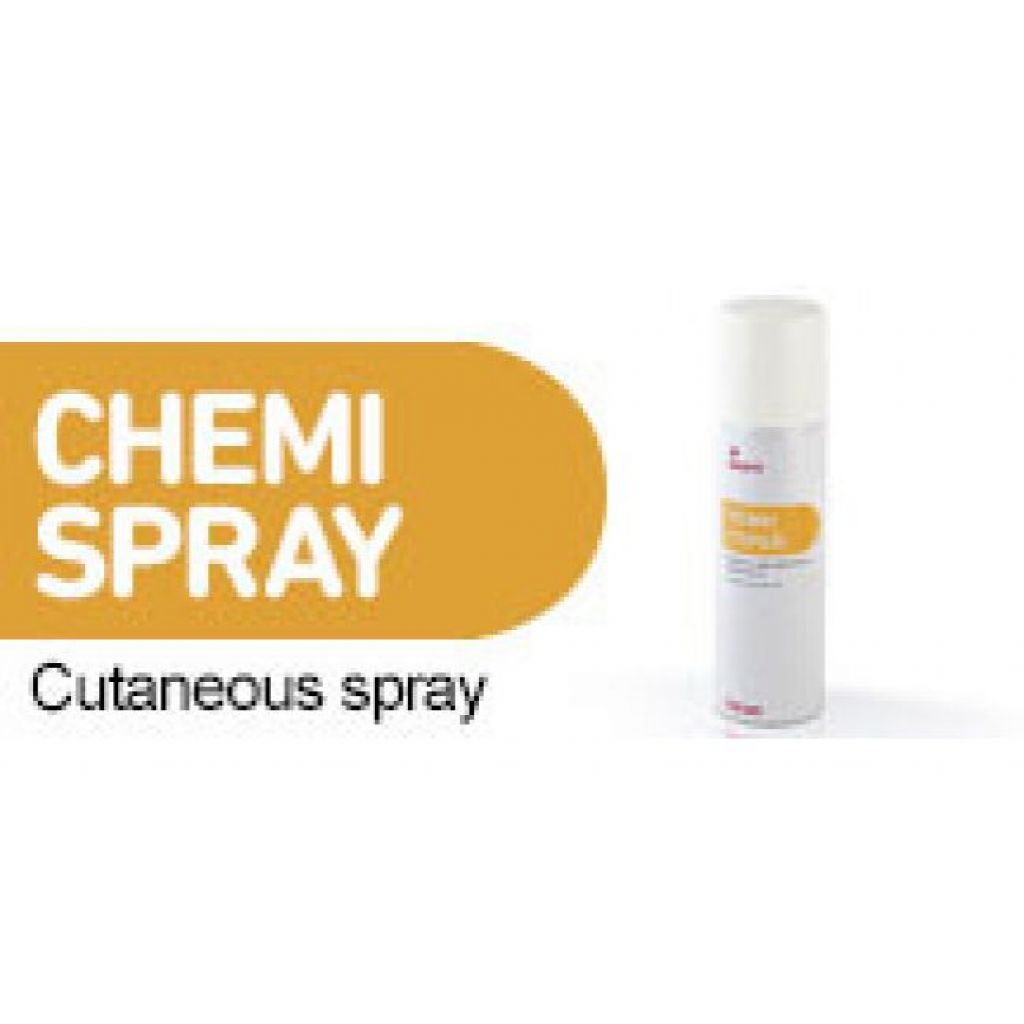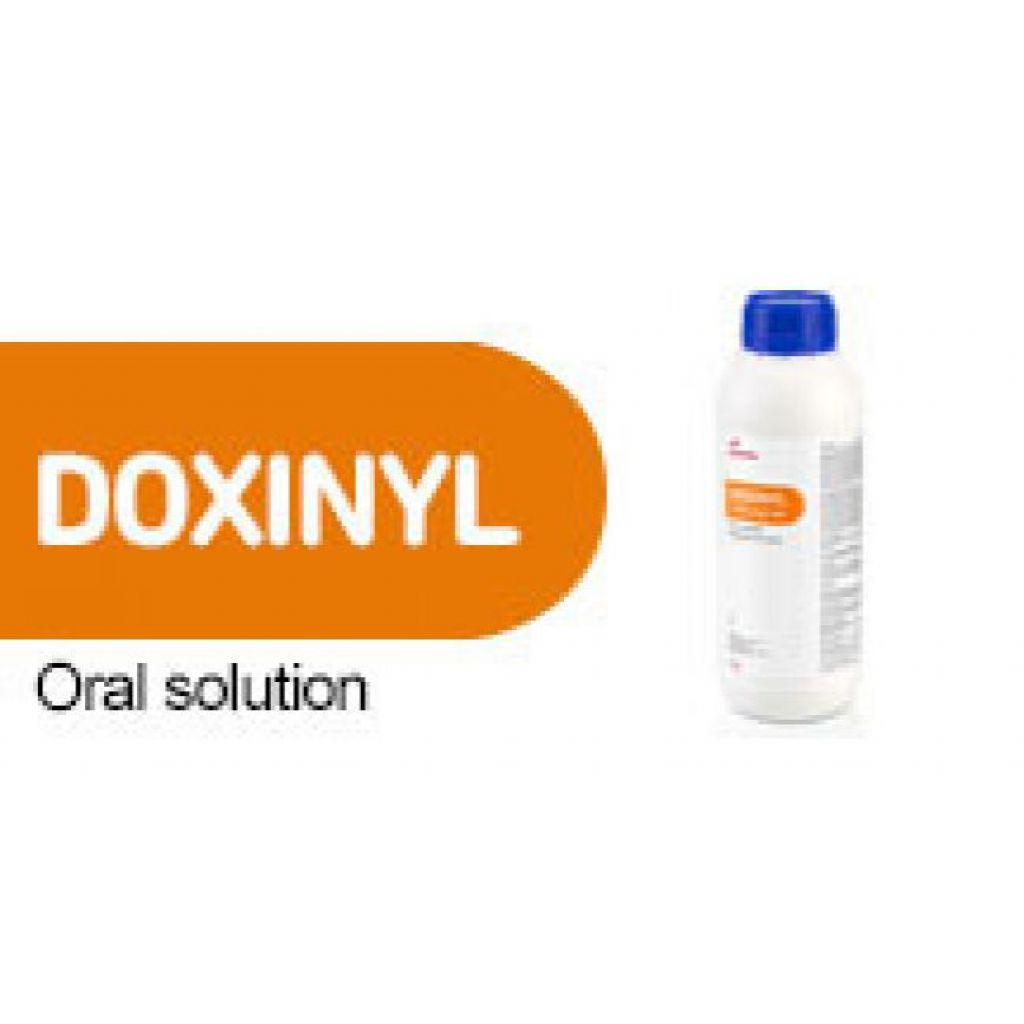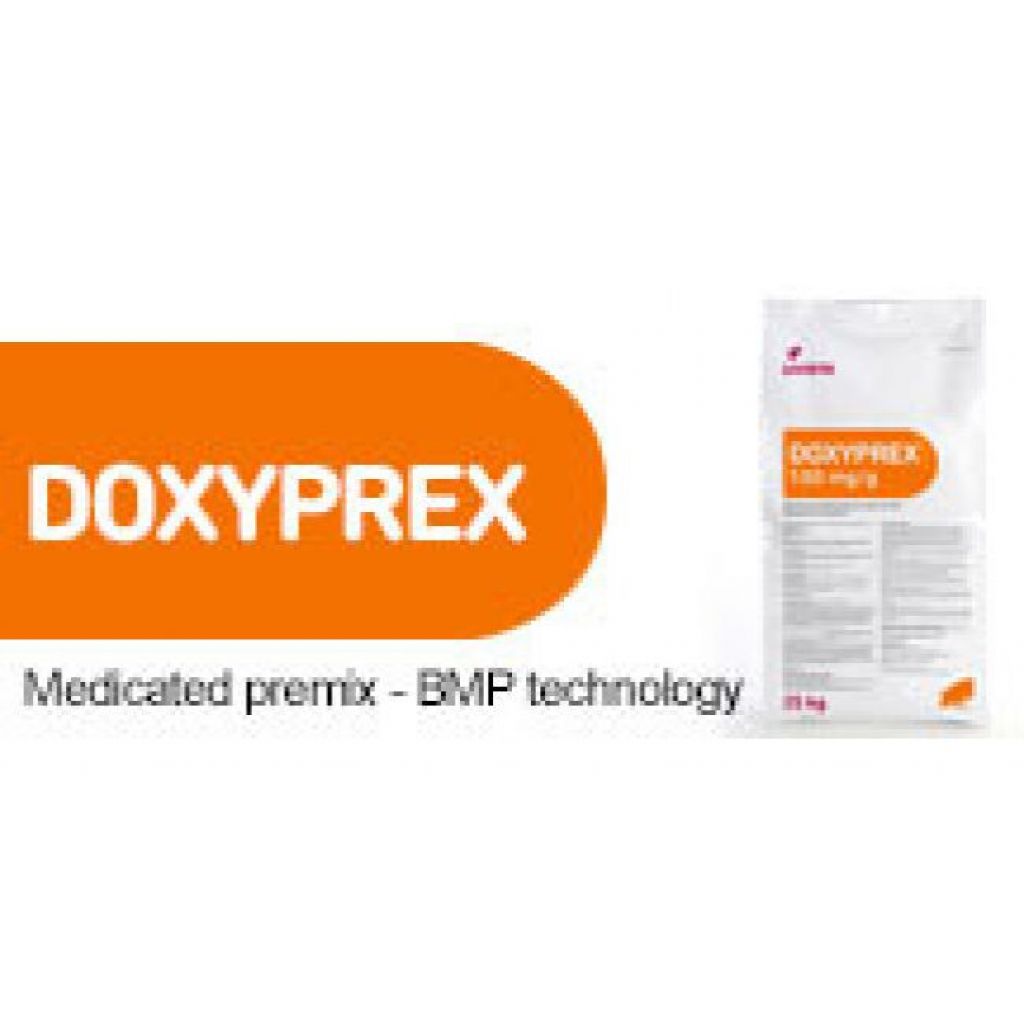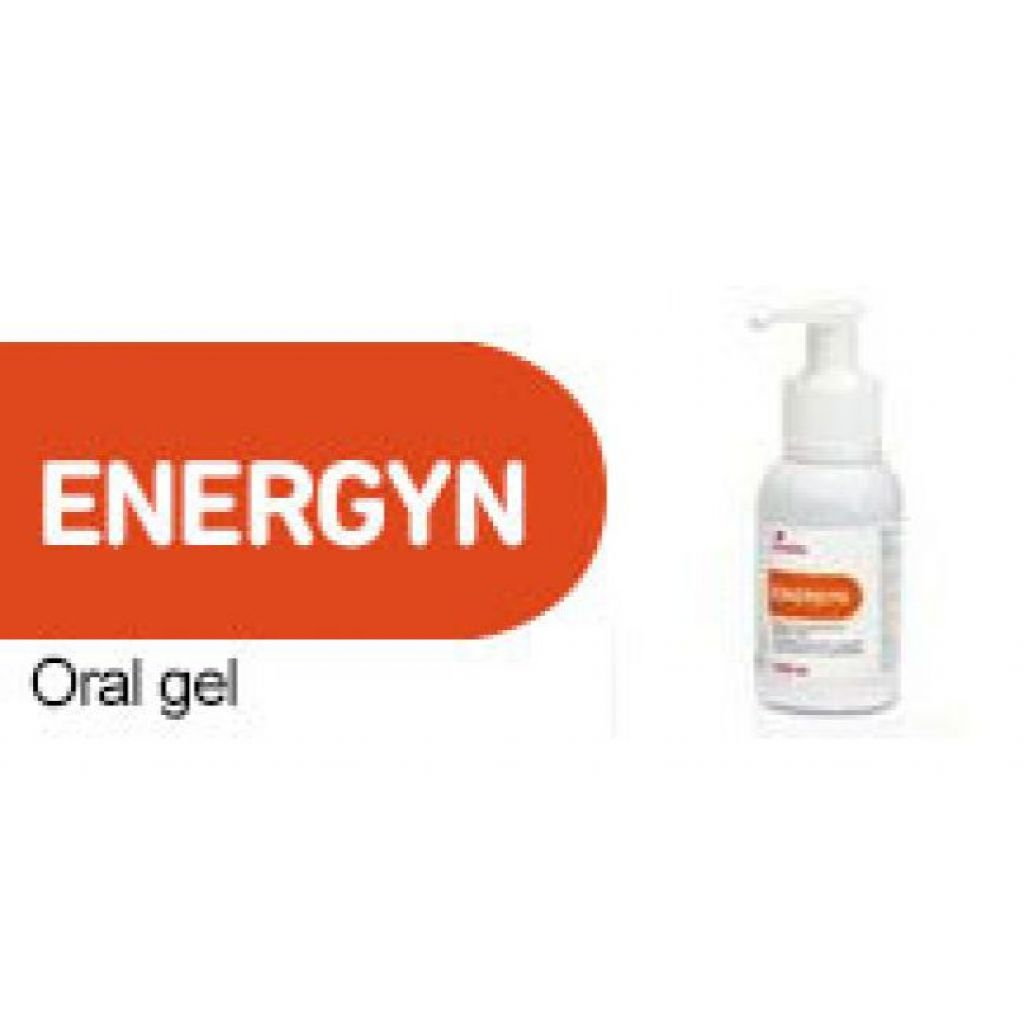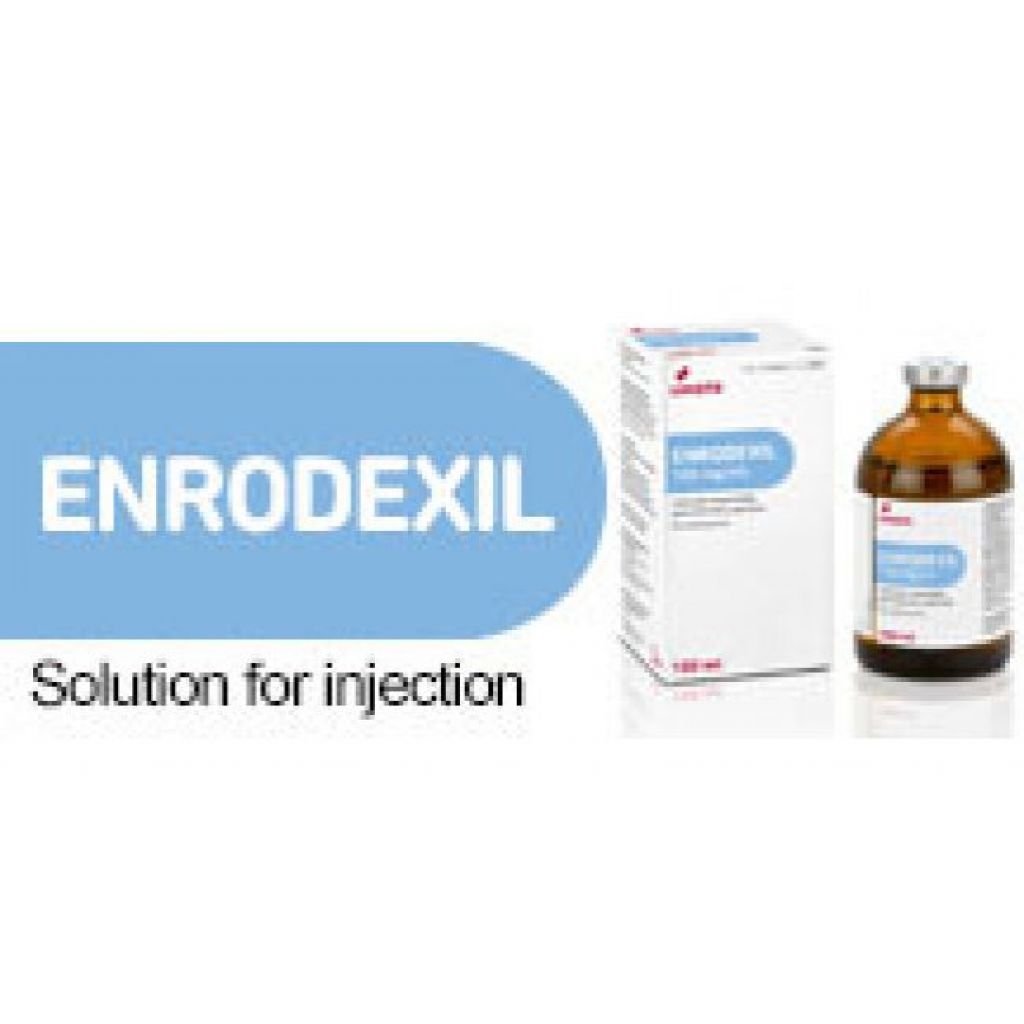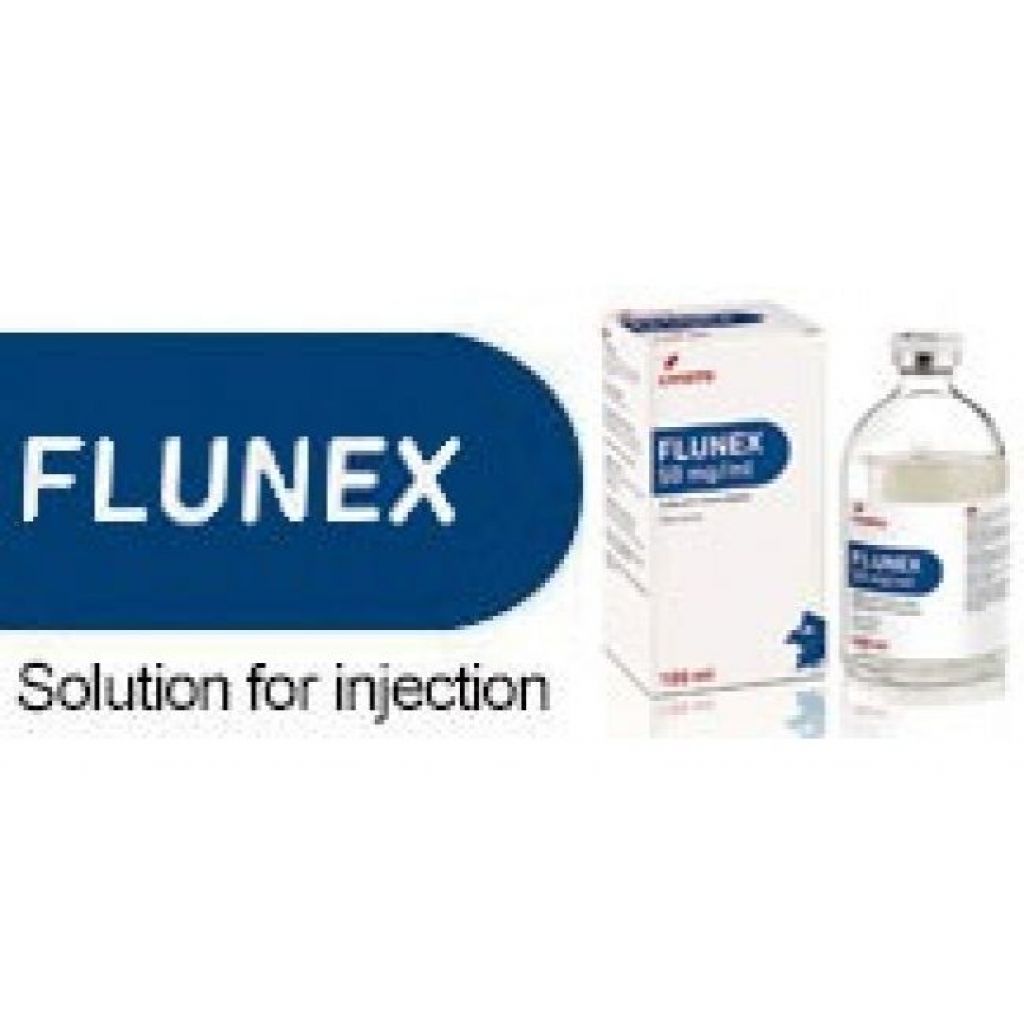Lameness in sows: a silent problem
Lameness in sows is a painful condition and supposes an important health problem and welfare concern in the swine industry(1;2;3).
It negatively affects sow longevity and lifetime performance:
- Is one of the most commonly reported reasons for sow removal(4;5).
- Reduces the herd reproductive efficiency, which consequently decreases farm profitability(5).
- Negatively affects the eating or postural behaviour of sows(1; 3), which could compromise their reproductive performance(6).
It is important to note that:
- 5.0-10.5% of all sow removal cases are caused by lameness(4;5).
- 0.7-19.9% is the range of variation for the proportions of removal due to lameness in herd-level analysis(4).
The high lameness incidence can result in a large profit loss for swine operations due to:
- The sows’ early removal from the breeding herd before they have paid for themselves.
- Mortalities that result in no salvage value for cull sows.
- Costs associated with treating sow lameness.
- Its impact on piglet weaning weight and pre-weaning mortality resulting in fewer full value pigs at weaning.
- Increased labor required to treat and remove lame sows.
- Impaired worker morale: it occurs when a large amount of time is spent removing sows due to euthanasia or mortality.
Combined, the reduced productivity and increased expense associated with lame breeding herd animals reduce the sow farm’s production efficiency, increases production costs and decreases overall profitability. It has been estimated the total cost associated with a lameness diagnosis to be $230.84(7).
Which are the risk factors?
It is important to know exactly how big a lameness problem is and to characterize the most important factors associated with high risks of lameness removal in order to minimize the economic effect.
Group housing allows for social contact and interactions between sows but the positive benefits (on muscle and bone development due to increased activity of group housed sows as compared to individually housed sows) may also be accompanied by factors that negatively impact sow welfare (more feeding competition may occur, and aggression towards other sows increases, resulting in an increased risk for skin lesions, vulva biting, claw problems and lameness)(8).
The results showed that the first three days immediately after (re)grouping are a very risk full period for developing lameness or incurring skin lesions independent of group management system(8).
Leg disorders (such as wounds, bursitis and abscesses) increased the chance of suffering lameness in both organic and conventional sow herds. It is important that the body condition of the sow should not exceed body condition score 3 if lameness is to be avoided in organic sows(9). On the other hand, organic sows have a lower risk than conventional sows because the hazards caused by barn equipment or concrete floors injuries are likely to be less, or zero, in outdoor organic production(9).
There are two stages(10;11) when sows are typically removed due to lameness:
- After service.
- After farrowing. The hazard of removal due to lameness was greater at weaning (30–40 days after farrowing) than at other stages(10).
The majority of deaths occur in weaned sows but 11.9 % of deaths are produced in sows in cycle 0, before their first farrowing, which supposes an important overrun for farms, since they bring in no profits(12).
Moreover, it has also been shown that the proportion of sows removed due to lameness was highest in sows with low parity, and it decreased as the sows became older(4;5).
Among the infectious causes, erysipelas, mycoplasmosis (caused by Mycoplasma hyosynoviae), brucellosis and pyogenic bacteria (such as streptococci and staphylococci that cause purulent arthritis) are the most frequent(13).
Does lameness have effect on reproductive performance?
It has been reported that lameness occurrence(11):
- Was not associated with pregnancy failure, farrowing failure or delayed post-weaning estrus.
- Causes an increase in mummified fetuses: it has been shown to be the only adverse effect of lameness during gestation on farrowing performance.
- During lactation would cause an increase in piglet mortality due to crushing.
Few studies have investigated the effect of lameness on reproductive performance, with little comparison of farrowing performance between lame and non-lame sows. It has been shown that(6):
- Removal due to lameness accounted for 4.3 % of all culled sows, and the incidence rate was 19.6 cases per 1,000 sow-year.
- The majority (70.4 %) of those eliminated sows were farrowed sows, whereas only 29.6 % were serviced sows.
- In farrowed sows, there was a higher incidence of sows sent to slaughter on weeks 4–9 after farrowing as well as on sows from parity 4−5 and for winter farrowing.
- In serviced sows, the factors associated with removal due to lameness were: weeks 4−5 after servicing and re-serviced sows.
- There was no difference in gilt age at first service between the case and control groups.
Treatment for lameness in sows
It is recommended to identify sows showing early signs of lameness, treat them with pain me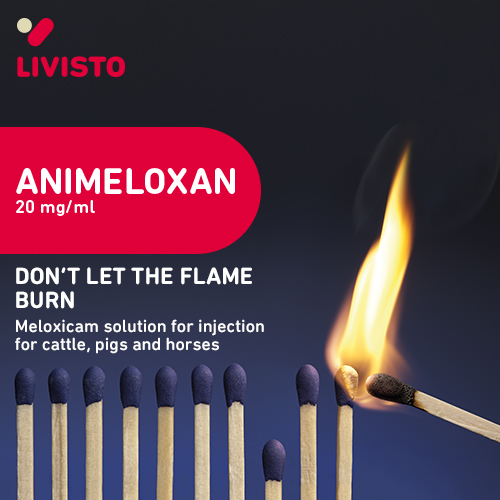 dication and consider that the best time for removal would be at weaning to not accumulate non-productive days(6).
dication and consider that the best time for removal would be at weaning to not accumulate non-productive days(6).
Lameness in sows is an animal welfare problem and it can also bring unwelcome costs into pig production, due to it requires increased labour, a medical treatment and a special management(14) because sows:
- Should be kept in a solid or rubber mat covered floor.
- Need to be separated from the group in a recovery pen where they do not have to compete for food and water.
Nonsteroidal anti-inflammatory drugs (NSAIDs) including meloxicam and flunixin meglumine are compounds used in many species for pain management because they are easy to administer, long lasting, and cost-effective. NSAIDs are also a key tool to manage negative pain affective states associated with lameness:
- Meloxicam is a COX-2 selective inhibitor with very few gastrointestinal effects. In non-infectious locomotor disorders it reduces the symptoms of lameness and inflammation with a single intramuscular injection at a dosage of 0.4 mg/kg b.w. but, if required, a second administration of meloxicam can be given after 24 hours.
- On the other hand, flunixin meglumine quickly reduces pain and inflammation with the inhibition of cyclooxygenase in a reversible and non-selective way. It has to be administered via intramuscular injection at 2 ml/45 kg b.w. once daily (treatment may be repeated during 3 days).
Flunixin meglumine and meloxicam administration mitigated pain sensitivity in sows with lameness evaluating pain sensitivity with the embedded microcomputer-based force plate system and GAITFour pressure mat gait analysis walkway system(15).
Moreover, in case of infectious causes, adequate antimicrobial therapy must be included in the treatment(13;16):
- Erysipelas: sows show very pronounced lameness in one or more limbs that can even carry paralysis. The treatment consists of beta-lactam antibiotics (e.g. amoxicillin).
- Mycoplasmosis: the affected animal limps suddenly but the symptoms normally last for 5-10 days. Macrolides are very effective.
- Purulent arthritis: it is caused by pyogenic bacteria (streptococci, staphylococci). They enter the body through wounds and they settle in the joints causing purulent inflammation. Affected pigs should be treated individually and as early as possible with injectable antibiotics but some strains of Streptococcus suis are resistant to many antibiotics (particularly tetracyclines), so sensitivity tests are helpful in selecting a therapeutic agent(17).
- In general, lincomycin, penicillin and streptomycin, oxytetracycline, amoxycillin, ampicillin, trimethoprim/sulpha, enrofloxacin, ceftiofur, and/or framycetin are among the most widely used antibiotics for arthritis treatment(18). It is always necessary to perform an antibiogram to determine which is the most effective in each case.
References
- Heinonen M, Peltoniemi O, Valros A. Impact of lameness and claw lesions in sows on welfare, health and production. Livestock Science, Volume 156, Issues 1–3, September 2013, Pages 2-9. doi: 10.1016/j.livsci.2013.06.002.
- Pluym LM, Van Nuffel A, Weyenberg S, et al. Prevalence of lameness and claw lesions during different stages in thereproductive cycle of sows and the impact on reproduction results. Animal, Volume 7, Issue 7, 2013a, Pages 1174-1181. doi: 10.1017/S1751731113000232.
- Maes D, Pluym L, Peltoniemi O. Impact of group housing of pregnant sows on health. Porcine Health Management (2016) 2:17. doi: 10.1186/s40813-016-0032-3.
- Engblom L, Lundeheim N, Dalin AM, Andersson K. Sow removal in Swedish commercial herds. Livestock Science, Volume 106, Issue 1, January 2007, Pages 76-86. doi: 10.1016/j.livsci.2006.07.002.
- Wang C, Hu Y, Shu D, et al. An Analysis of Culling Patterns during the Breeding Cycle and Lifetime Production from the Aspect of Culling Reasons for Gilts and Sows in Southwest China. Animals 2019, 9, 160. doi: 10.3390/ani9040160.
- Iida R, Piñeiro C, Koketsu Y. Removal of sows in Spanish breeding herds due to lameness: Incidence, related factors and reproductive performance of removed sows. Preventive Veterinary Medicine, Volume 179, June 2020, 105002. doi: 10.1016/j.prevetmed.2020.105002.
- Abell CE, Johnson AK, Karriker LA, et al. Using classification trees to detect induced sow lameness with a transient model. Animal (2014), 8:6, pp 1000–1009. doi: 10.1017/S1751731114000871.
- Bos E-J, Maes D, van Riet MMJ, Millet S, Ampe B, Janssens GPJ, et al. (2016) Locomotion Disorders and Skin and Claw Lesions in Gestating Sows Housed in Dynamic versus Static Groups. PLoS ONE 11(9): e0163625. doi: 10.1371/journal. pone.0163625.
- Knage-Rasmussen KM, Houe H, Rousing T, Sørensen JT. Herd- and sow-related risk factors for lameness in organic and conventional sow herds. Animal (2014), 8:1, pp 121–127. doi: 10.1017/S1751731113001900.
- Engblom L, Lundeheim N, Strandberg E, et al. Factors affecting length of productive life in Swedish commercial sows. J. Anim. Sci. 2008. 86:432–441. doi: 10.2527/jas.2007-0310.
- Pluym L, Van Nuffel A, Maes D. Treatment and prevention of lameness with special emphasis on claw disorders in group-housed sows. Livestock Science, Volume 156, Issues 1–3, September 2013b, Pages 36-43. doi: 10.1016/j.livsci.2013.06.008.
- de Andrés MA, Vizcaíno E, Piñeiro C, Aparicio A. Are we underestimating lameness in sows? (1/2). Pig333. 2012. https://www.pig333.com/articles/are-we-underestimating-lameness-in-sows_4702/.
- Vizcaíno E, de Andrés MA, Murillo JA, Piñeiro C, Aparicio A. Do we underestimate the lamenesses in the sows? (2/2). Pig333. 2012. https://www.pig333.com/articles/do-we-underestimate-the-lamenesses-in-the-sows-ii_5811/.
- Linden J. Detection, Prevention and Treatment of Lameness in Sows. The Pig Site (2013). https://www.thepigsite.com/articles/detection-prevention-and-treatment-of-lameness-in-sows.
- Pairis-Garcia MD, Johnson AK, Abell CA, et al. Measuring the efficacy of flunixin meglumine and meloxicam for lame sows using a GAITFour pressure mat and an embedded microcomputer-based force plate system. Journal of Animal Science, Volume 93, Issue 5, May 2015, Pages 2100–2110. doi: 10.2527/jas.2014-8796.
- Iowa State University. Arthritis and Associated Etiologic Agents.
- Iowa State University. Streptococcal infections.
- The Pig Site. Arthritis.

